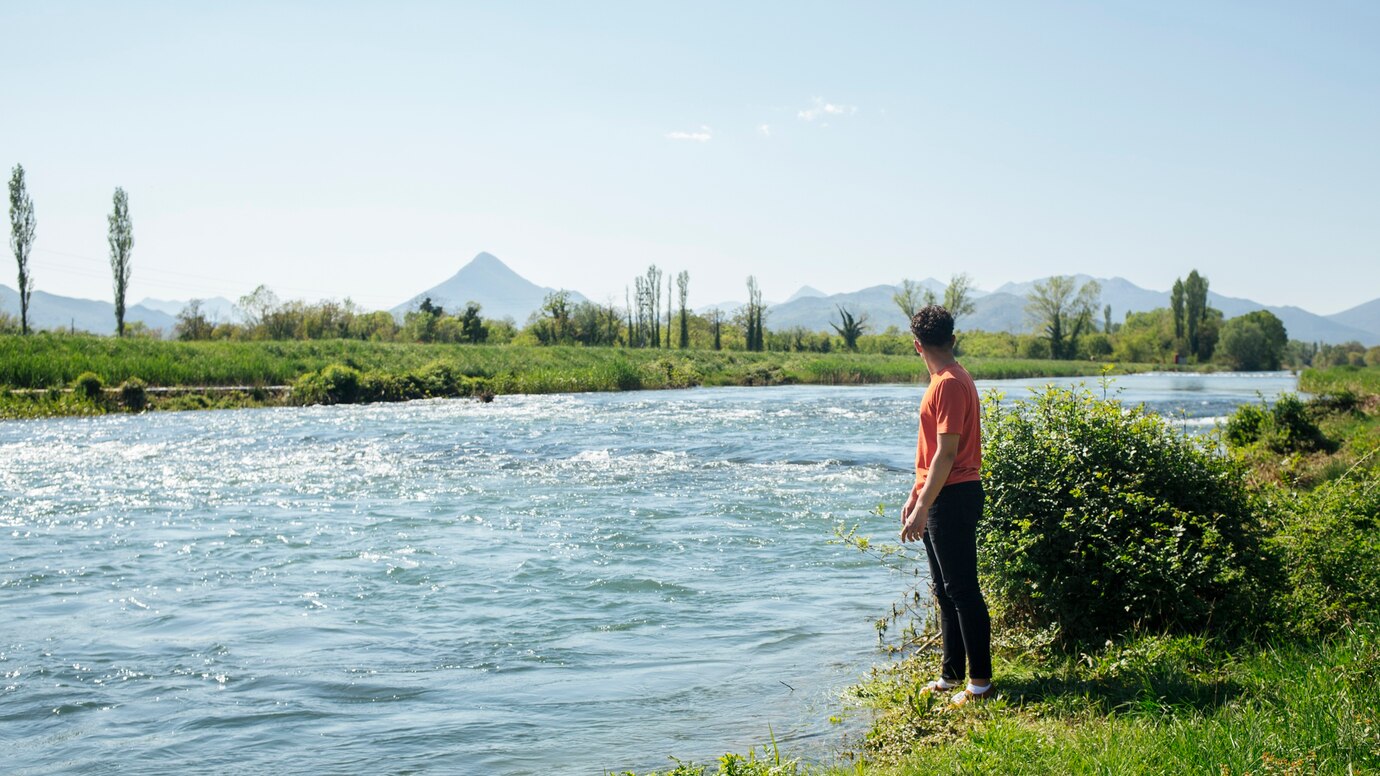Advancements in technology have transformed various aspects of pond management, offering new tools and techniques to enhance efficiency, effectiveness, and environmental sustainability. This article explores innovative technologies that are revolutionizing pond management practices, from water quality monitoring to vegetation control.
Remote Monitoring Systems
Remote monitoring systems utilize sensors and data analytics to provide real-time information on water quality parameters such as temperature, pH, dissolved oxygen, and nutrient levels. These systems allow pond managers to make informed decisions regarding water treatment and maintenance, optimizing resource allocation and reducing the risk of environmental degradation.
Automated Aeration Systems
Automated aeration systems improve water circulation and oxygenation, promoting a healthy aquatic environment and reducing the risk of oxygen depletion and algae blooms. These systems use sensors to monitor oxygen levels and adjust aeration rates accordingly, ensuring optimal conditions for fish and other aquatic organisms.
Drone Technology
Drones equipped with specialized cameras and sensors revolutionize pond management by providing high-resolution aerial imagery and data analysis capabilities. From mapping shoreline vegetation to detecting algae blooms and monitoring erosion, drones offer a cost-effective and efficient way to assess pond health and identify potential issues.
Vegetation Mapping and Management
Drone-based vegetation mapping enables pond managers to accurately assess the extent and density of aquatic vegetation accurately, facilitating targeted management strategies such as selective herbicide application or mechanical removal. By identifying invasive species and monitoring vegetation dynamics over time, drones help maintain ecological balance and prevent habitat degradation.
Biological Control Methods
Biological control methods harness the natural behavior of organisms to manage pests and invasive species in ponds. From introducing predatory fish species to control mosquito larvae to deploying biocontrol agents like bacteria or insects to target nuisance algae, these innovative approaches offer environmentally friendly alternatives to chemical interventions.
Bioaugmentation and Bioremediation
Bioaugmentation involves introducing beneficial microorganisms to enhance biological processes such as nutrient cycling and waste decomposition, improving water quality and reducing the need for chemical treatments. Bioremediation techniques leverage microbial activity to break down pollutants and contaminants, restoring water quality and ecosystem health in polluted or degraded ponds.
Conclusion
Innovative technologies are revolutionizing pond management, offering new tools and techniques to enhance efficiency, effectiveness, and environmental sustainability. From remote monitoring systems and drone technology to biological control methods and bioremediation techniques, these advancements empower pond managers to make informed decisions and maintain healthy, vibrant aquatic ecosystems.




